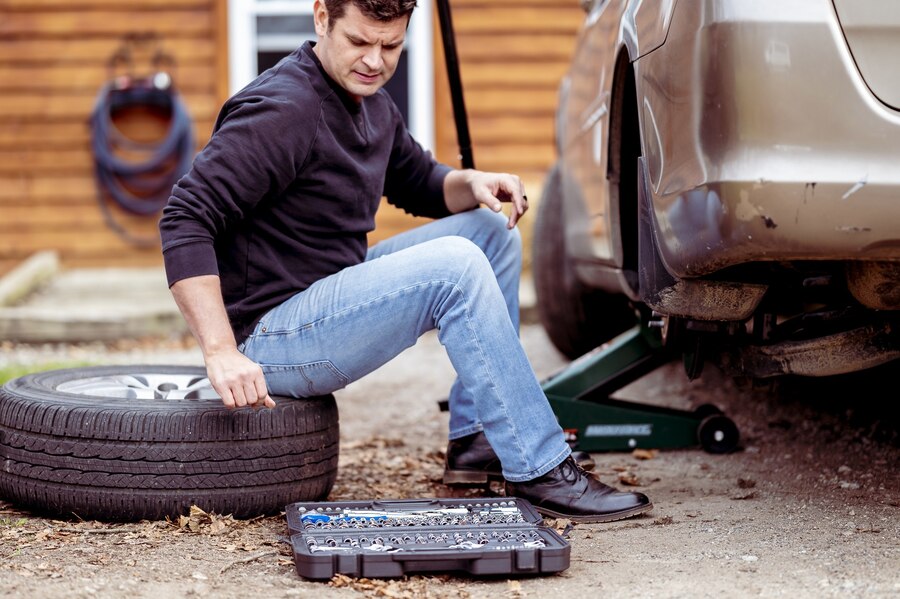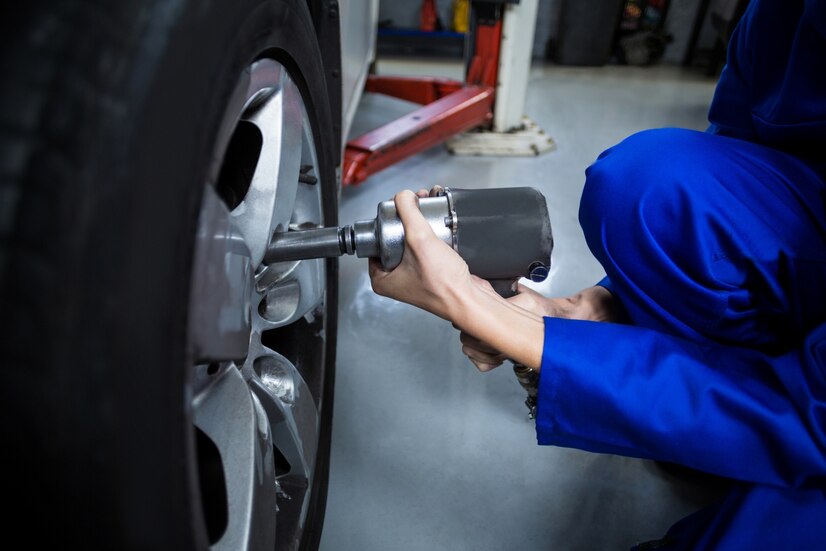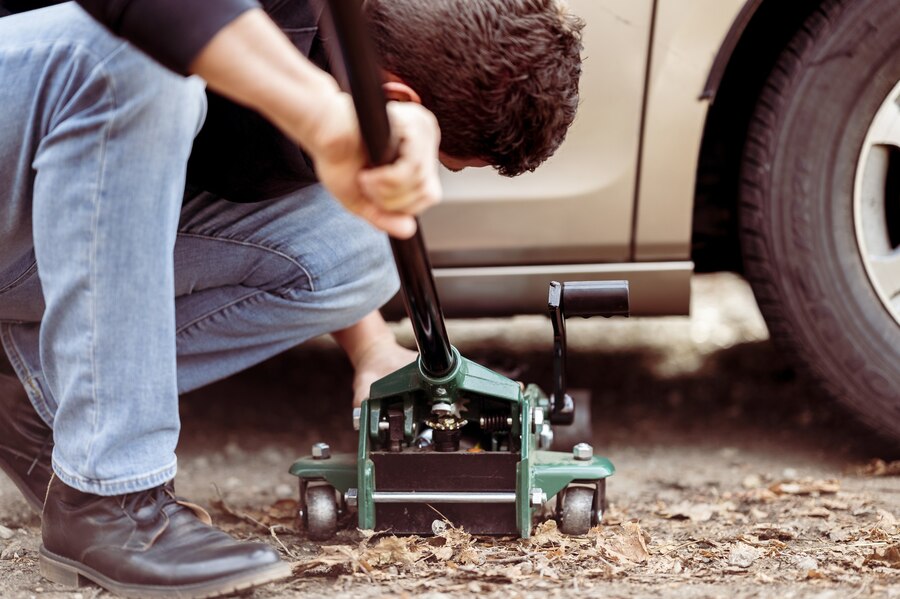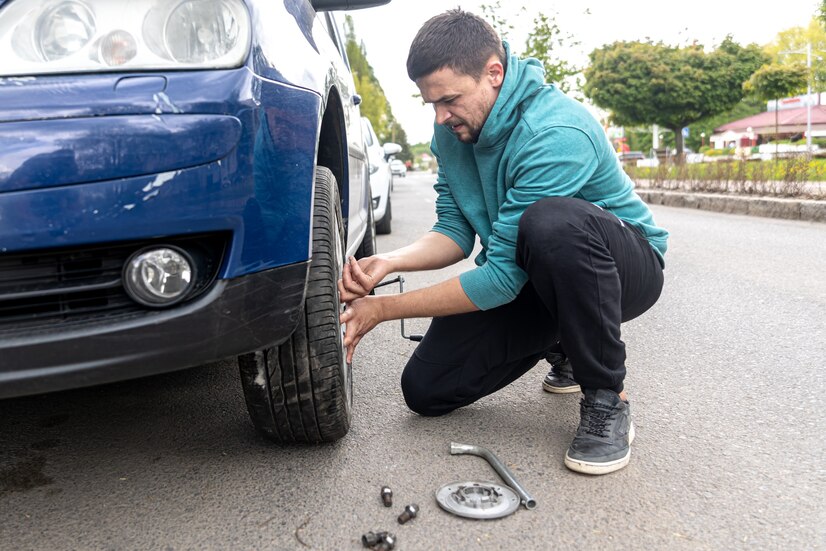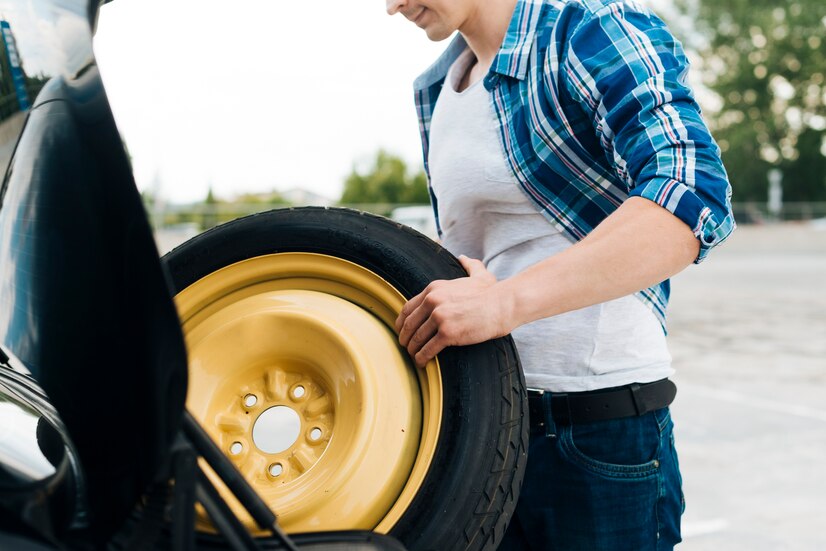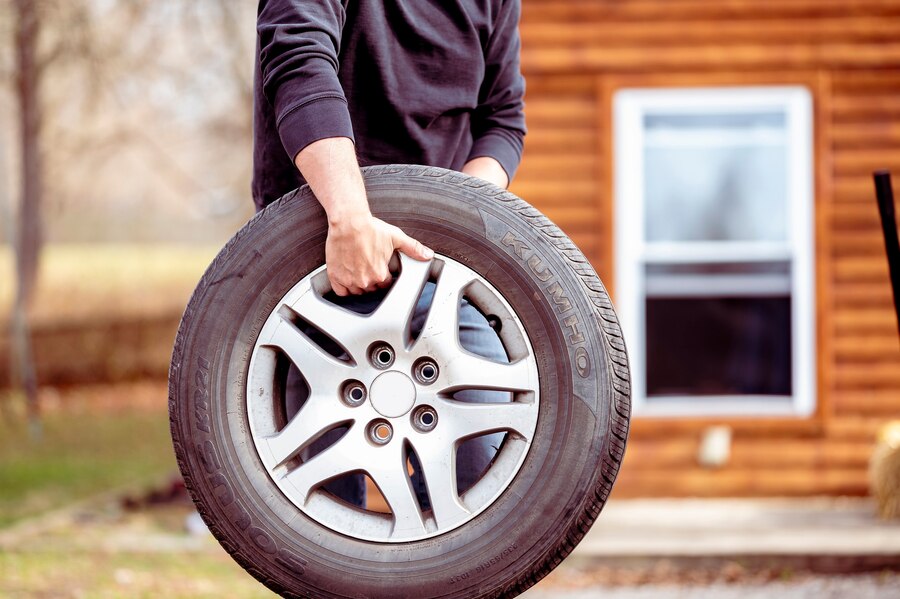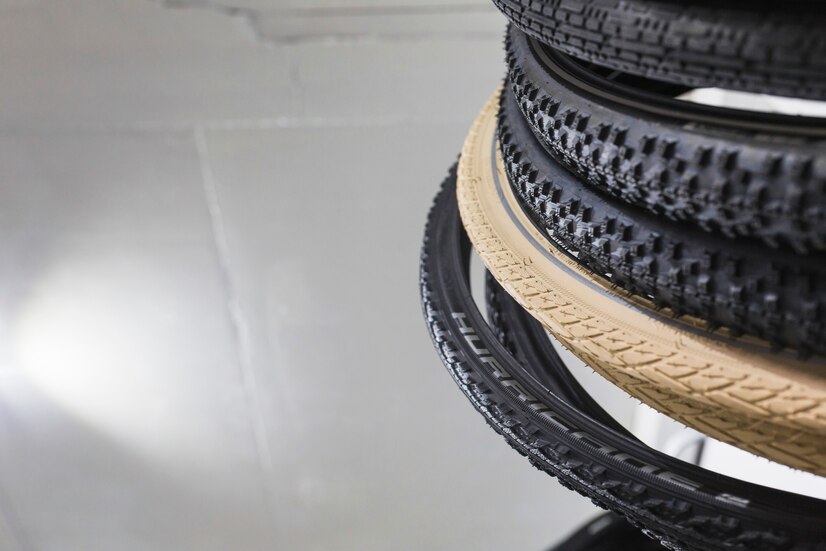Technology Behind the Run Flat Tyre (RFT) & How Does It Work
The sidewall is reinforced allowing the tyre to carry the vehicle's weight at zero-pressure. Whilst at present there is no standard defined, regarding the minimum range a RFT tyre can run in a run flat condition, we at tyrestore feel that 80 kms at 80 kmph would be a safe bet.
So how does a RFT tyre work?
- A fully inflated RFT tyre and a conventional tyre (Normal Conditions)
- Nail insertion the RFT tyre & the conventional tyre (Punctured condition)
- At zero pressure the RFT tyre maintains its profile

Repairing of RFT tyres

Repairing of RFT tyres
RFT tyres have specially reinforced sidewalls to enable them to perform, when deflated, for a limited distance and at a restricted speed. The quoted distance and speed permitted under these conditions may vary according to the tyre manufacturer concerned. In the course of running in a totally deflated or significantly under – inflated condition the tyre structure is subjected to high stresses and hence may become weakened and permanently damaged rendering the tyre both unsuitable and unsafe to repair. When a standard tyre is run deflated there are visible symptoms, which indicate that damage to the tyre’s structure has occurred.
However because of the reinforced sidewall structure of a RFT tyre these symptoms associated with use in a deflated or partially inflated condition are likely to be masked and not be visible even if they are present. Even a fully qualified tyre professional may not be able to detect run flat damage on RFT tyres. For this reason, and in the interest of safety, tyrestore does not recommend the repairing of RFT tyres.
